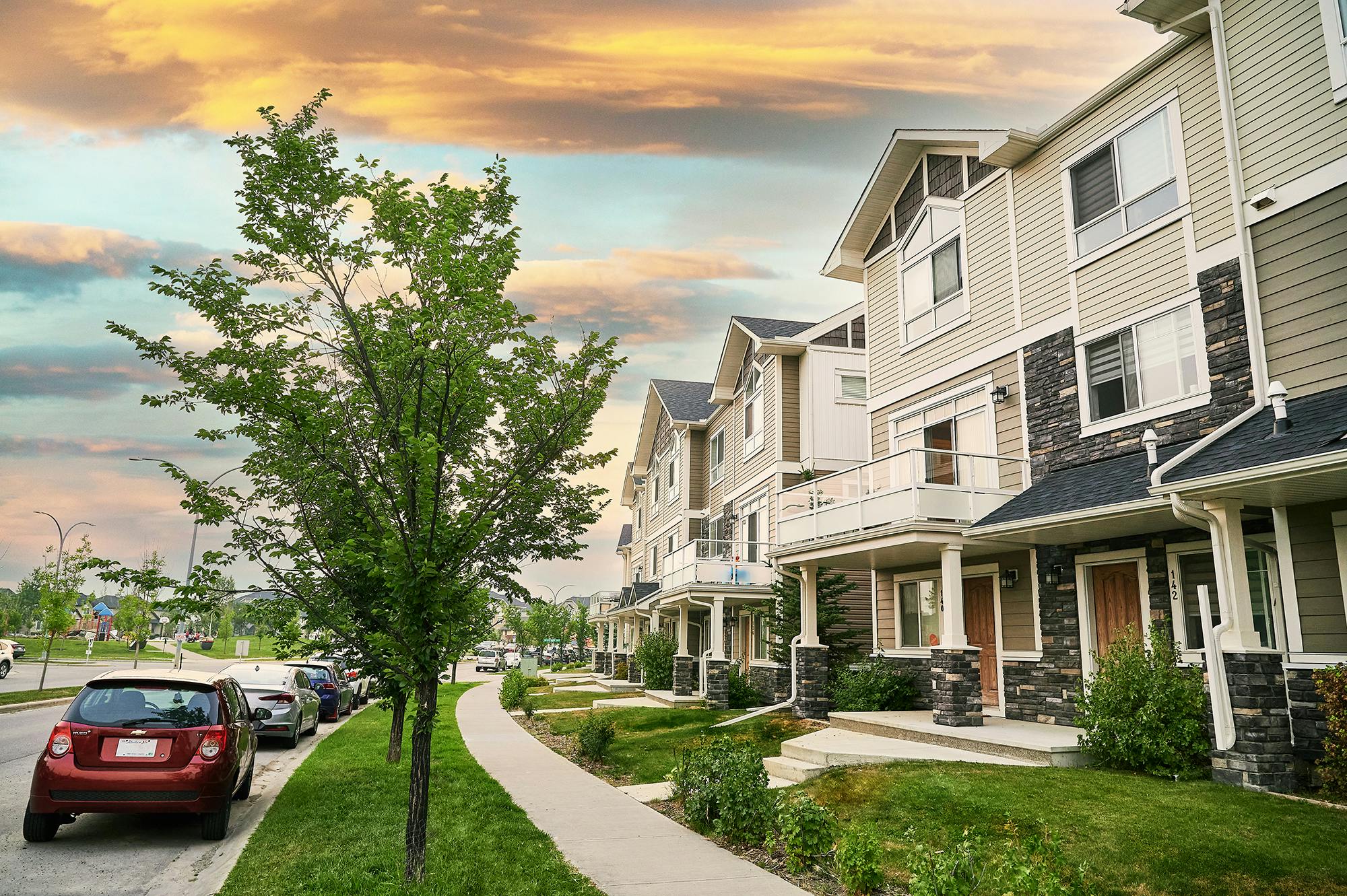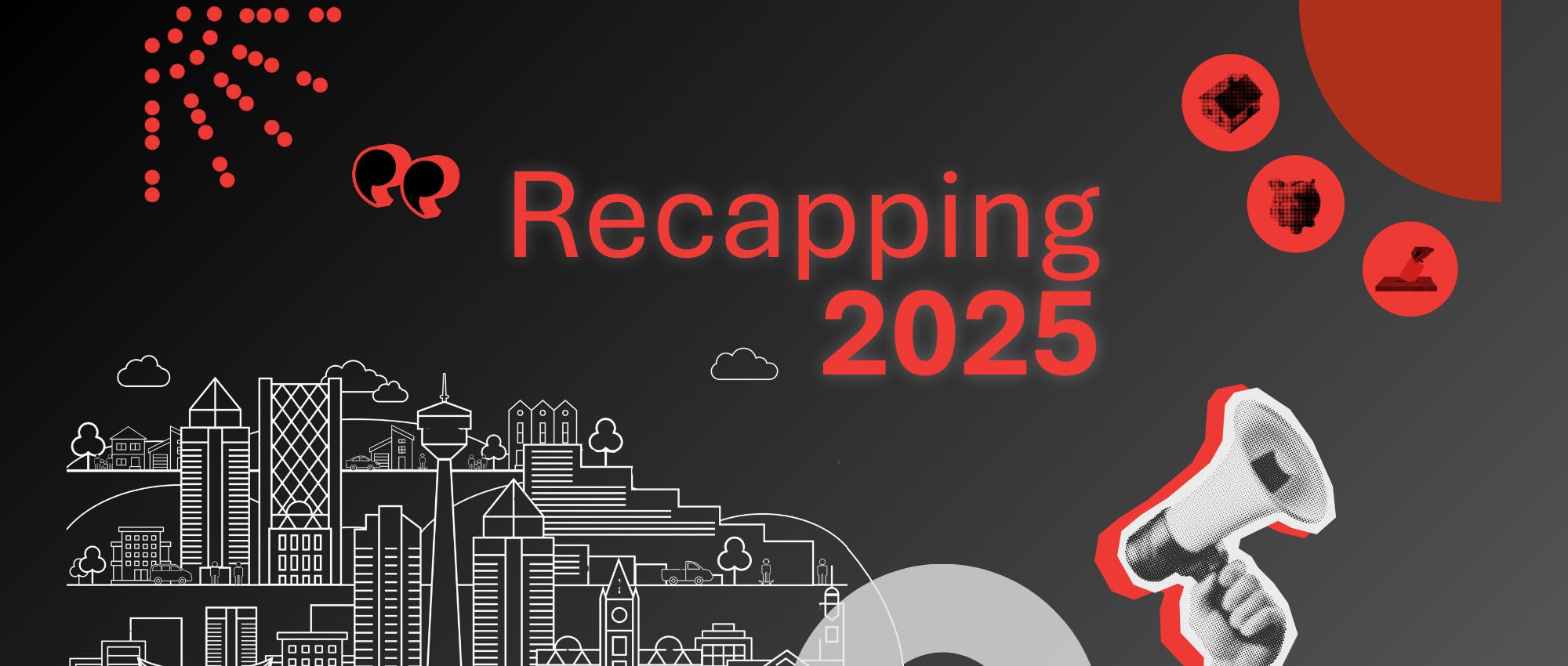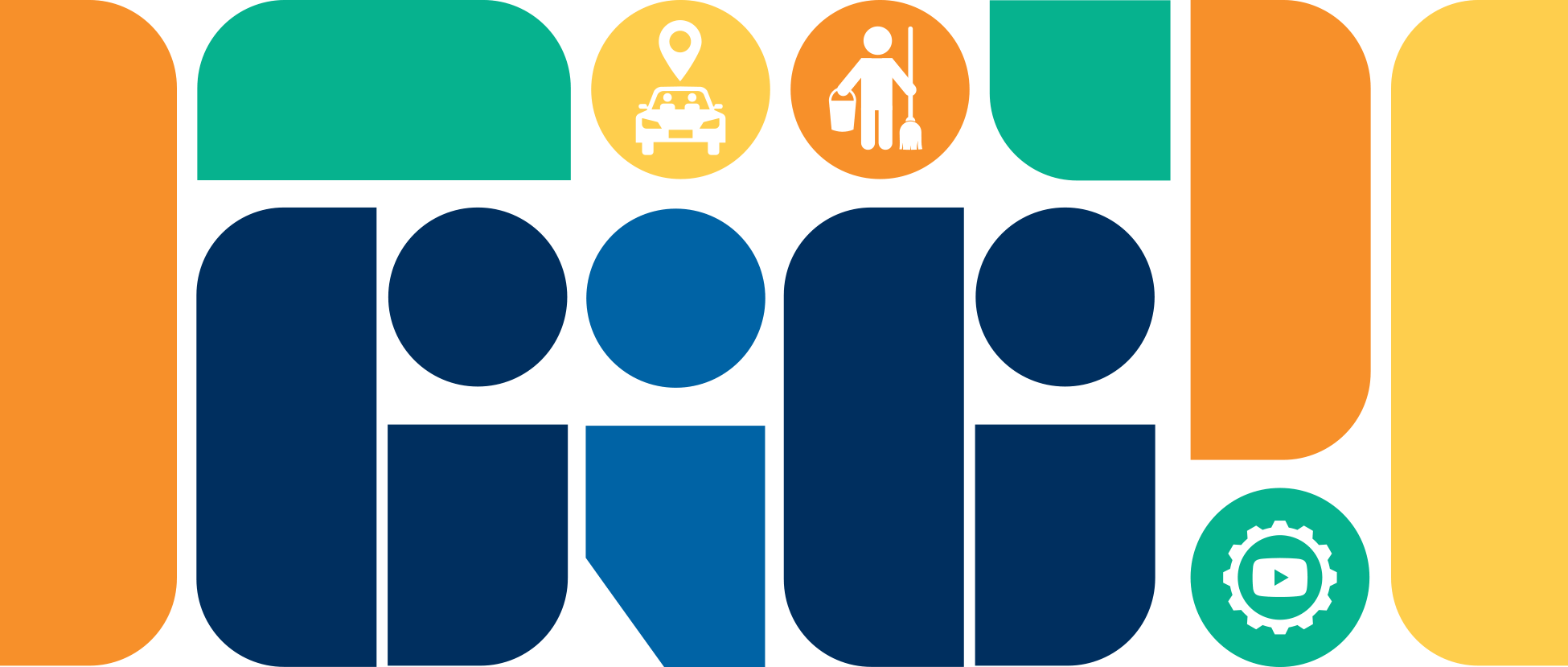National Housing Day, November 22, stems from a network of City Mayors coming together in the late ‘90s to advocate for increased federal funding for affordable housing. Over 20 years later, COVID, high inflation rates and the financialization of the housing market have reshaped the housing landscape. While we may have a federal housing minister for the first time in ages, provinces and municipalities still play a major role in ensuring that everyone has a safe, affordable place to live in dignity. Here are a few recent highlights:
What’s happening in Alberta?
On November 1st, the government of Alberta announced a new housing strategy to support an additional 25,000 households in the next 10 years, with dollars going toward seniors housing and rent supplement programs. This much-needed funding could go a long way at improving conditions for the 24,000 Albertans currently on a waitlist for affordable housing. The announcement also hints at “joint ventures or partnerships” in housing provision, meaning working with private developers in addition to existing non-profit providers. This shift has been met with mixed reviews.
What’s happening in Calgary?
Housing First models have been front and centre for many local housing advocates and the 10-year Plan to End Homelessness in Calgary. It also makes economic sense: for every $1 spent on Housing First between 2012 and 2016, there was a savings of between $1.17 and $2.84. But for Housing First to work, there need to be enough homes available.
More recently, the City developed a community advocacy plan to alleviate some of the housing pressure caused by COVID in partnership with dozens of local non-profit provider and the private sector.
“Calgary is in need of 2,000-2,500 new affordable homes each year. Over the last 10 years, an average of 300 affordable homes/year have been completed.” – Calgary.ca
The COVID-19 Community Affordable Housing Advocacy Plan combines short-term emergency planning to mitigate COVID’s spread, with longer-term efforts to build 4,800 new homes in the next three years.
Where does VCC stand?
Over the summer, Vibrant Communities worked with the Canadian Poverty Institute to map out Poverty in Calgary ward by ward. We learned that in Ward 9, 27% of residents spent more than 30% of their income on shelter. In Ward 8, there are 1,595 affordable housing units, and 35% of residents live in unaffordable housing. In Ward 12, the average rent in 2016 was $1,750/month, or $400 higher than the city’s average.
VCC works with dozens of community partners and Champions advocate for better housing policy. At the moment, this means:
- Protecting Calgary’s existing affordable housing supply to mitigate the loss of affordable housing through privatization.
- Contributing public land to the community housing sector for new affordable homes and selling land to non-profit housing providers at below market value.
- Revising the Affordable Housing Advocacy Plan with existing partners to include new targets for reducing homelessness and increasing the city’s affordable housing stock.
Learn more about ongoing efforts on the housing front and how you can get involved by signing up for the Poverty Pledge and receiving VCC’s weekly newsletter.



